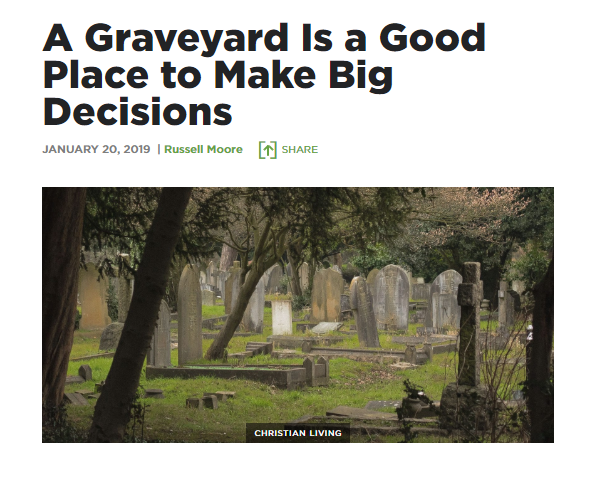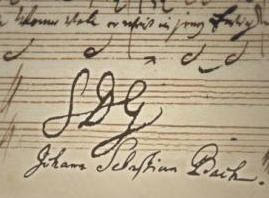Sadhu and Southern Baptist, Sunday surprise
Sunday, January 20th, 2019[ by Charles Cameron — preferred place for prayer — and Gary Snyder’s disciples “will always have ripened blackberries to eat and a sunny spot under a pine tree to sit at” ]
.
That sadhus like to meditate in cremation grounds was already known to me — they worship Lord Shiva, who likes to meditate there himself, not infrequently covers himself in ashes, and wears a necklace of skulls..
What surprised me though, was to find Russell Moore, president of the Ethics and Religious Liberty Commission of the Southern Baptist Convention, and author of The Storm-Tossed Family: How the Cross Reshapes the Home, Christianity Today‘s Book of the Year, recommending so similar a practice..
**
Sources:
The Gospel Coalition, A Graveyard Is a Good Place to Make Big Decisions TripAdvisor, Varanasi Photo: Sadhu meditation in smashan – where dead bodies burn
**
And if the sadhu‘s practice seems more extreme — fiercer, spiritually? — than Dr Moore‘s quieter — dare I, should I really say, more contemplative? — approach, that only reminds me of Klaus Klostermaier‘s book, Hindu and Christian in Vrindaban, and this marvelous graph:
Theology at 120 degrees Fahrenheit in the shade seems after all, different from theology at 70 degrees Fahrenheit. Theology accompanied by tough chapattis and smoky tea seems different from theology with roast chicken and a glass of wine. Now, what is different, theos or theologian? The theologian at 70 degrees Fahrenheit is in a good position presumes God to be happy and contended, well-fed and rested, without needs of any kind. The theologian at 120 degrees Fahrenheit tries to imagine a God who is hungry and thirsty, who suffers and is sad, who sheds perspiration and knows despair.
Here’s Fr Klostermaier saying Mass in Vrindaban:
First thing in the morning I celebrate the Mass. I wonder if any person responsible for prescribing the liturgical vestments in use today ever read mass at 113 degrees Fahrenheit, in a closed room without a fan? Clouds of flies swarm around the chalice and host. They settle on the hands, on the perspiring face. They cannot be driven away, but return for the tenth time to the place from which they have been chased away. The whole body burns and itches. The clothes are damp, even the vestments. They soon dry. If a priest does not wear them all, he commits – according to existing canon law – at least a dozen or so mortal sins all at once. And it seems impossible to survive, physically or spiritually, without the Mass.
And Vrindaban?
Edward C Dimock and Denise Levertov, begin their delicious, delirious volume, In Praise of Krishna: songs from the Bengali, thus:
Above the highest heaven is the dwelling place of Krishna. It is a place of infinite idyllic peace, where the dark and gentle river Yamuna flows beside a flowered meadow, where cattle graze; on the river’s bank sweet-scented trees blossom and bend their branches to the earth, where peacocks dance and nightingales call softly. Here Krishna, ever-young, sits beneath the trees, the sound of his flute echoing the nightingales’ call. Sometimes he laughs and jokes and wrestles with his friends, sometimes he teases the cowherd-girls of the village, the Gopis, as they come to the river for water. And sometimes, in the dusk of days an eon long, his flute’s call summons the Gopis to his side. They leave their homes and families and husbands and honor — as it is called by men — and go to him. Their love for him is deeper than their fear of dishonor. He is the fulfillment of all desire…
That, too, is Vrindaban!











